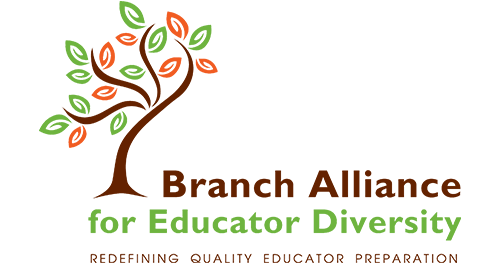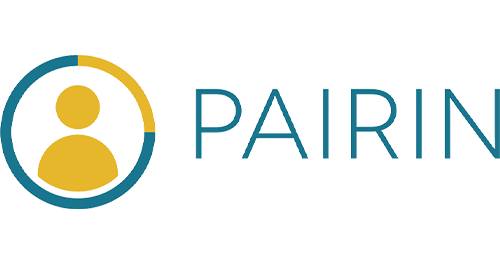
A modernized public education is crucial to fostering greater student achievement, building an educated workforce pipeline, and protecting our future economic vitality.
A modernized public education is crucial to fostering greater student achievement, building an educated workforce pipeline, and protecting our future economic vitality.

As we begin a long recovery, it is essential that we not only address the inequities amplified by the pandemic but also reimagine and restructure education systems to work better for all.
America Succeeds’ Equity in Education initiative targets five specific policy pillars where system change is needed and can be impactful. The five pillars encompass a broad scope that can be easily understood and embraced to increase equity across the education system.











By removing systemic barriers to opportunities for students of color, all students have a better chance to pursue and succeed in the pathways of their choice. Business leaders are an ideal partner to support this work through a shared vision of economic opportunity, vibrant innovations, and creating a more diverse, equitable, and inclusive workforce. Only when all students, particularly those most underserved, have access to equal educational opportunities can this vision be realized – so let’s get to work.

“There used to be a more or less steady state. Now it is just constant change. The ability to adapt and change is the key to the future.”
Vice President and Business Information Officer, Kaiser Permanente

“High schools and colleges in the U.S. are not turning out graduates with the mix of technical expertise, soft skills, problem-solving ability and communication skills that companies like Toyota need.”
Assistant Manager North American Production Support Center, Toyota

“We are committed to investing in the development of our team members because a skilled and trained workforce is critical to the success of Tyson Foods. In the same way we add value to our product, we strive to add value to our team members and offer training to help them succeed in the workplace.”
Senior Director of Maintenance & Refrigeration, Tyson Foods